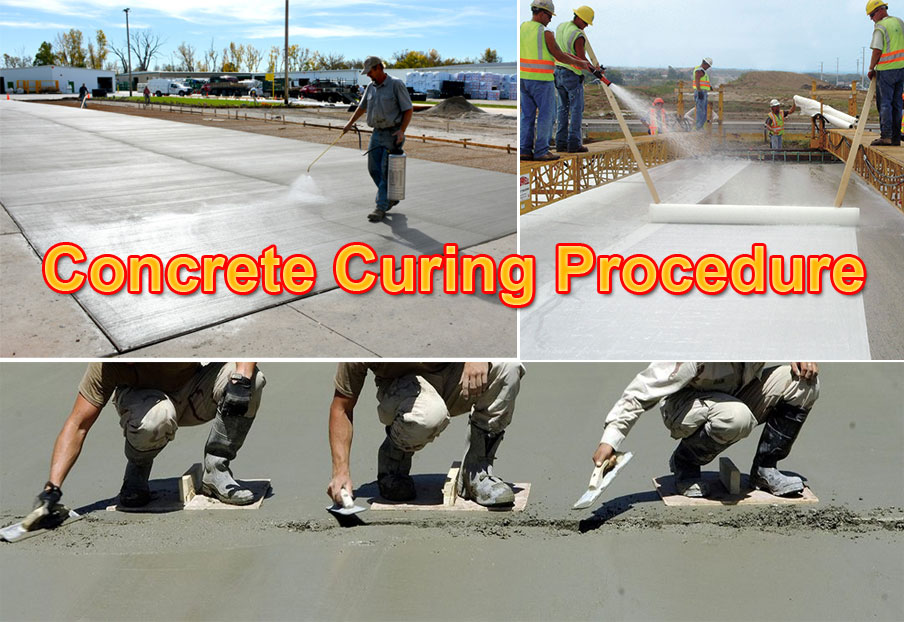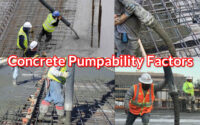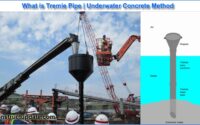Curing of Concrete – Process and Advantages
Curing is the process in which concrete is provided with proper moisture, temperature and time for concrete to achieve the desired properties.
The process of prevention of loss of moisture from fresh concrete while maintaining satisfactory temperature regime (BS 8110).
Types of Concrete Curing
a) Water Curing
- Immersion
- Pounding
- Spraying
- Wet covering
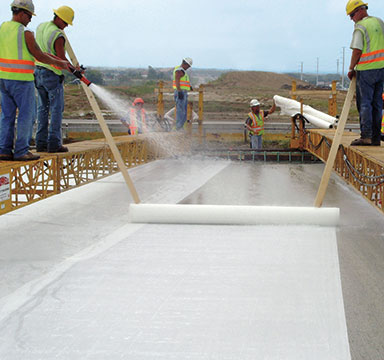
Water curing is when the concrete is covered with a layer of water for a period of time and the evaporation of moisture is from the surface of the water.
Ponding : On flat surfaces such as pavements, footpaths and floors
Sprinkling : A fine spray of water applied continuously through a system of nozzles provides a constant supply of water.
Wet coverings: Wet hessian, other moisture-retaining fabrics can be laid onto the concrete as soon as it has hardened enough to prevent surface damage.
b) Steam Curing
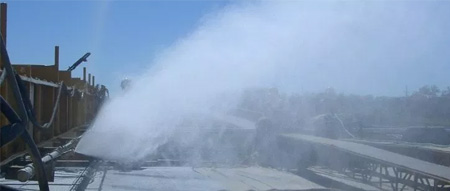
A steam curing cycle consists of (i) an initial delay prior to steaming; (ii) a period for increasing temperature; (iii) a period for holding the maximum temperature constant; (iv) a period for decreasing temperature.
c) Self Curing / membrane curing
Membrane curing is the most practical with today’s construction schedules.
Curing Compounds are either sprayed or rolled onto the concrete and are suitable for vertical and horizontal surfaces.
Spraying in set pattern helps to ensure that the whole surface is covered evenly (see picture, left). Some compounds contain a dye – to see if an all-over layer has been applied.
Roller application In windy conditions it may be better to apply the compound with a roller than a sprayer.
d) Miscellaneous : Like curing by infra red radiation, electrical curing etc…
